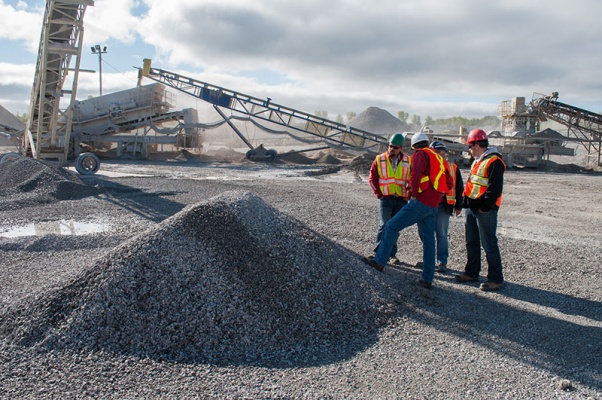
OSSGA is a not-for-profit industry association representing over 280 aggregate— or stone, sand and gravel—producers and suppliers. Collectively, our members supply the majority of the approximately 164 million tonnes of aggregate consumed annually in the province to build and maintain Ontario’s infrastructure needs. OSSGA works in partnership with government and the public to promote a safe and competitive aggregate industry contributing to the creation of strong communities in the province. Find out more about OSSGA by exploring this site as well as GravelFacts.ca.

Our Vision
By 2027, the aggregate industry is recognized as reputable and foundational to the building of an economically strong and sustainable Ontario.

Our Mission
OSSGA advocates for the protection and responsible use of aggregate resources and communicates its critical importance to Ontario’s growth, prosperity, and building of a circular economy.